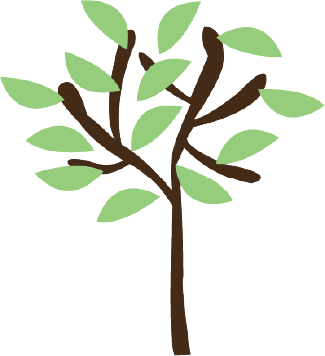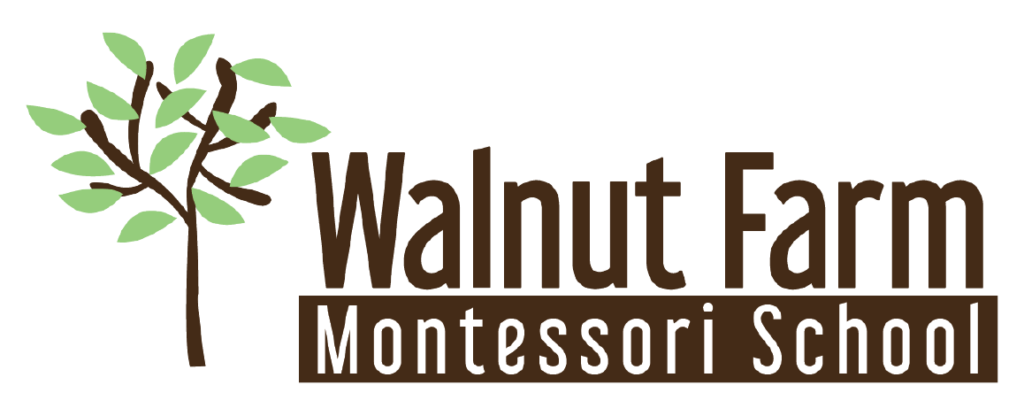Steps to Reading
The main components of reading are:
- Auditory discrimination
- Visual discrimination
- Matching sound to symbol
- Blending individual sounds to form words
In the sensorial area, we have lessons that teach the child to discriminate height, width, color, length, and sound. The lesson called the Sound Cylinders is a set of 6 red and 6 blue cylinders. One of each color has a match and after shaking them, the child can find the matching set. After mastery of this skill, they are shown how to grade them from loudest to softest. The cylinders have a similar sound and the ear must pick up on the slightest of differences. If the child cannot hear the differences in the sounds here, they will not hear the differences in even the most pronounced words. Sorting between /i/ and /e/ are challenging. Training the ear to hear the sound is the first step in auditory discrimination. The second is associating those sounds with words. The child will be exposed to many isolations of sound in the classroom. They may simply be sitting near to another getting a lesson and hear sounds being isolated. A small group of children can play I spy at a rug with a teacher, and there are sound games we play in the classroom. “I spy something in our classroom that starts with a /f/” frog, fish, fan, friend, feather, five.” Playing this game gets the child to hear the sound with many other words and can begin to understand that it does not stand alone.
When we work on visual discrimination it does not start with letters. Again, in the sensorial area the lesson of the Knobless Cylinders, where each set is identical in color but varies on height, width, or both. The child is sorting and categorizing these cylinders in many ways, ordering and reordering them over and over, to understand their relation to each other. This material is not merely about spatial relations or pre-geometry, it is pre-reading as well.
When the teacher has observed the child sorting and differentiating, they will guide the child to work with sorting letter shapes. Sorting the letters on a mat, (Sound Strip) and matching the outline of the letters is not designed to teach the child the order we organize them in. This lesson is to have the child see the subtle differences in the letter shape, to bring to their awareness the many similarities and the differences. Sorting the cursive letters of g and q, and b and l; those take visual discrimination.
All this time the child has had many one-on-one lessons with the teacher where they have been introducing and repeating Sandpaper Sounds. The guide takes three at a time and they go through them one sound at a time. Repeating the sound as the child traces the sound. This action and sensory input help solidify the sound and the symbol in the child’s mind. The typical child’s brain will need to do each letter at least seven times before it moves to long-term memory. Repetition, in the Montessori classroom, is critical (to every lesson.) When you observe, you may see children who know the letter, return to them and trace and pronounce the sound. This is common as they now work on the formation of the letter, not so much the memorization of the sound.
The last step, when a child feels as if they can call themselves a reader, is taking those sounds/symbols as individuals and pushing them together to “blend” a word. Typically done with the Movable Alphabet.
“/c/……/a/……./t/.”
“/c/../a/../t/. /c/a/t/. cat. CAT!”
The child will need to continually blend words over and over. Often, we as adults will watch a new reader and say “you just read it in the last line.” The child is still making those connections and is not memorizing whole words yet.
There are many other steps, helpers, and keys to reading: Rhyming, rhythms, sequencing, syllables, encoding, decoding, and many more.
All this work truly starts in your lap. When our children listen to us read to them and sees us reading, they want to read as well.
For a more in-depth break down of the science of these lessons, please attend a parent ed, also read, Montessori: The Science Behind The Genius by Angeline Stoll Lillard
By Stephanie Throop
Lead Teacher, Primary B

